Among the many cultural strands that make up the rich tapestry of Indian society, tribal food traditions India are remarkable. Such indigenous communities have preserved their traditional recipes and unique cooking methods, which gives us a glimpse into ancient culinary practices that have defied time. Within these pages, you will find an exploration into the world of indigenous ingredients with traditional cooking methods and flavours generally unaffected by contemporary influences.

The Essence of Tribal Food Traditions in India
Tribal food traditions India are simple and closely related to nature compared to mainstream Indian cuisine which involves a range of complex spices and cooking techniques. As such, it is based on locally available ingredients and less complicated methods of preparing meals as opposed to mainstream Indian cuisine which is intricate. This not only guarantees freshness and nutrition but also promotes a sustainable way of life.
For example, bamboo shoots are widely used ingredients in dishes prepared within the northeastern states of India. They ferment or simply cook them with local herbs and spices for use as condiments. Likewise, the Bhil tribe from Madhya Pradesh uses natural fruits like wild berries, roots and leaves to prepare full meal foods. The focus is always on using produce that is seasonal and sourced locally then processed in ways handed down through generations.
Indigenous Cooking Methods: A Glimpse into the Past

Indigenous cooking methods form part of most tribal diets. These methods not only define the uniqueness but also demonstrate resourcefulness and adaptability among these ethnic groups.
Firewood Cooking: Many indigenous populations still cook over open fires with firewood acting as fuel. Consequently this method gives food a distinct smoky flavour often lost by modern-day styles of preparing food. It’s also common to find both clay pots as well as iron utensils being used thus making it tastier as well as healthier when consumed.
Fermentation: In several tribal diets, fermented foods are central. This is evidenced by the popularity of fermented bamboo shoots as well as fish in Northeast India. Fermentation not only acts as a preserving agent but it also enhances its nutritional value through the addition of probiotics.
Sun Drying: This is an ancient method of preserving fruits, vegetables and meats by means of solar energy. The tribes living in arid areas practise this most often. When rehydrated and used for cooking, sun-dried products maintain their original flavour and food values.
Leaf Wrapping: Another indigenous way of cooking that gives out distinct flavours while keeping moisture in place is wrapping food with leaves. An example is Garo tribe of Meghalaya who wrap fish and rice using banana leaves before then steaming or roasting them over an open fire.
Regional Varieties of Tribal Cuisines
India has various tribal populations located across different regions, which have resulted in contrasting culinary traditions. There are several examples:
North-Eastern Tribal Cuisine: Tribes from Assam, Meghalaya, Nagaland, among other north-eastern states consume greens, bamboo shoots and fermented foods predominantly. Their cuisine is dominated by dishes like smoked pork with bamboo shoots or rice beer.
Central Indian Tribal Cuisine: In Madhya Pradesh and Chhattisgarh states, Gond and Bhil tribes depend on millet tubers as well as wild game for subsistence. Some meals like bafauri (steamed lentil cakes) or chapda chutney (a chutney made from red ants), however, do not have any counterparts elsewhere else within the country’s many culinary cultures.
Indian Tribal Food: Western Indian tribal eating habits in the states of Gujarat and Maharashtra (Warli, Bhil) involve a great variety of grains, legumes and wild vegetables. They are known for dishes like pithla (a spiced gram flour preparation) and bhakri (a type of flatbread).
Southern Indian Tribal Food: In Kerala, Tamil Nadu and Karnataka among other places, Irula, Toda tribes tend to rely heavily on forest produce, seafood, tubers etc in their diet. Dishes such as kachil curry (a yam-based curry) and various fish preparations are common.

The Cultural Significance of Tribal Foods
Tribal Foods in India is far much more than just feeding the people; it is deeply interwoven into the cultural rituals within a community. The roles played by food are pivotal during tribal festivals as well as ceremonies. For example during the Baiga festival in Madhya Pradesh, special millets and meat dishes are made for deities.
Furthermore, these food traditions stress an associative connection with nature. The communities’ use of medicinal herbs as well as wild greens along with sustainable hunting practices is proof enough of their great ecological knowledge.
Bringing Tribal Flavours to Your Kitchen
Exploring tribal cuisines can be both an enlightening experience for those in Bangalore and also foodies including food bloggers who love travelling around the globe to taste different kinds of delicacies. Besides expanding one’s culinary horizon this also sheds light on sustainable healthy eating practices.
To begin your journey into Indian tribal foods incorporate some of these indigenous ingredients or even cooking styles into your everyday meals today. You may try using bamboo shoots or millets or even experiment with leaf-wrapping techniques once in a while. These small changes will bring new flavours while promoting better nutrition.
Conclusion
Tribal Food Traditions India – they represent a rich tapestry woven out of flavoursome ingredients and cooking techniques that have their roots in the past. By trying out these cuisines we not only respect India’s different food cultures but also embrace sustainable and healthful eating habits. To delve deeper into these traditions and discover recipes, download the HOGR app today and start your culinary journey through India’s tribal kitchens.
Also Read- Social Media Day: Celebrating the Wildest Viral Food Trends That Broke the Internet
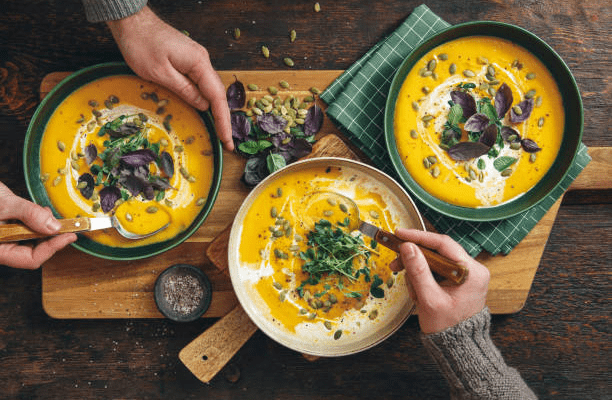
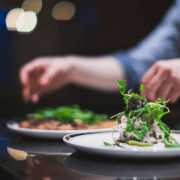








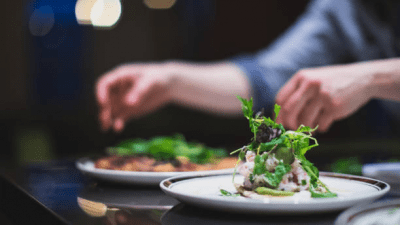
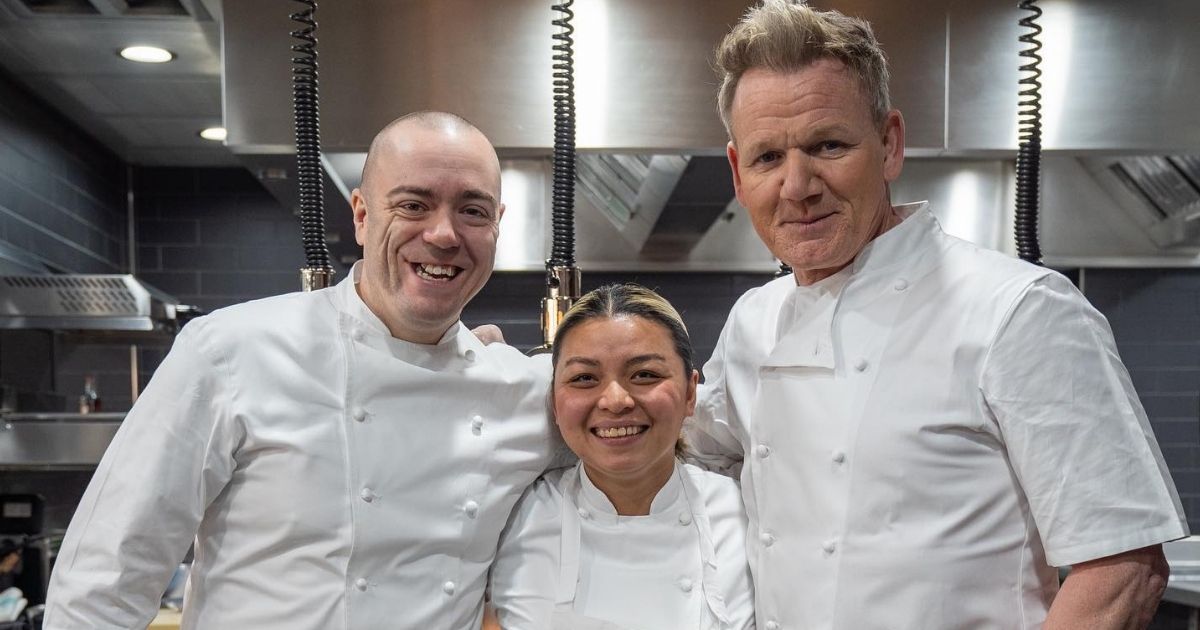

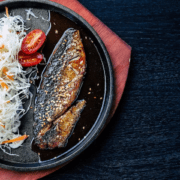



[…] just any other ingredients; they represent the biodiversity of this land, the traditions of their tribal societies, and a blend of influences that have come from neighbouring countries such as Myanmar, […]